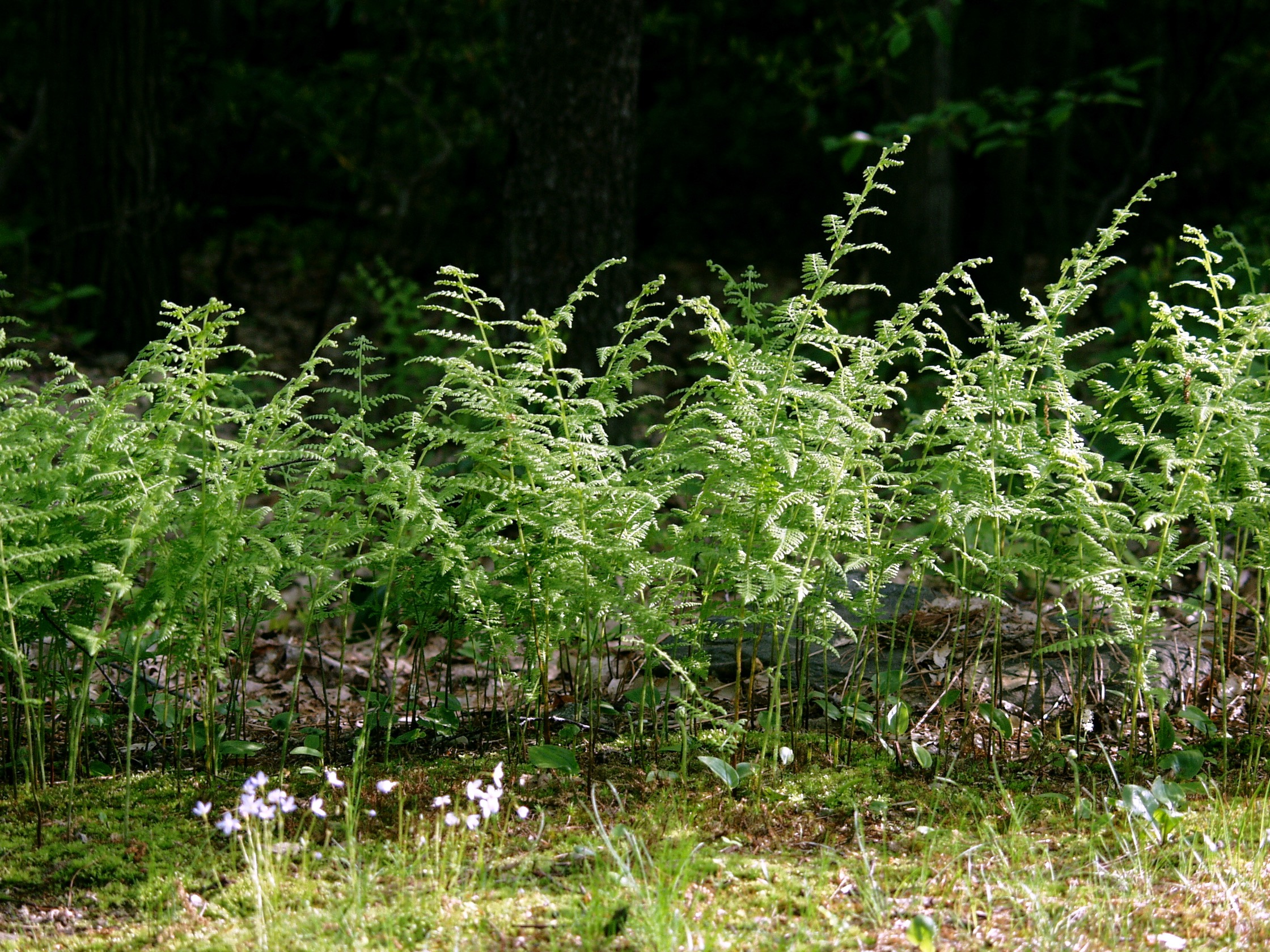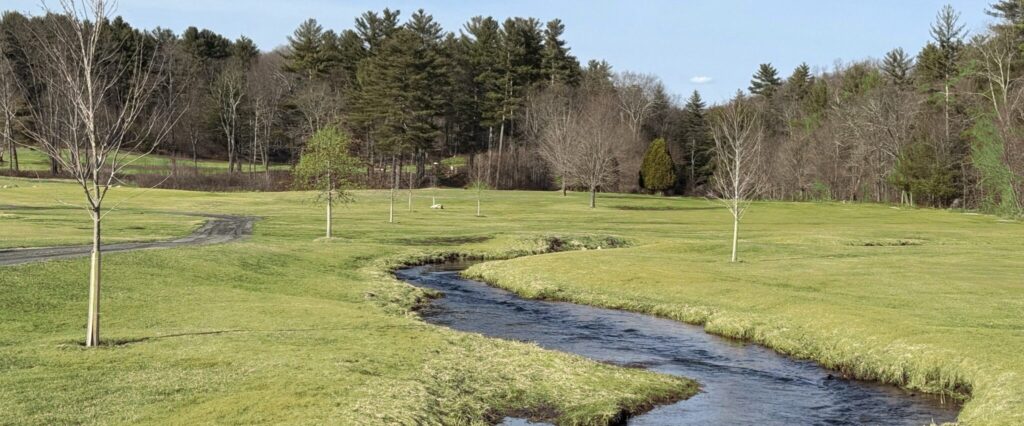Resources
Learn more the Mill River watershed study and what you can do for a safer community and healthy river.
We’ll be updating this page as we learn of more resources. Have one you want to share? Email us! info@millrivergreenway.org
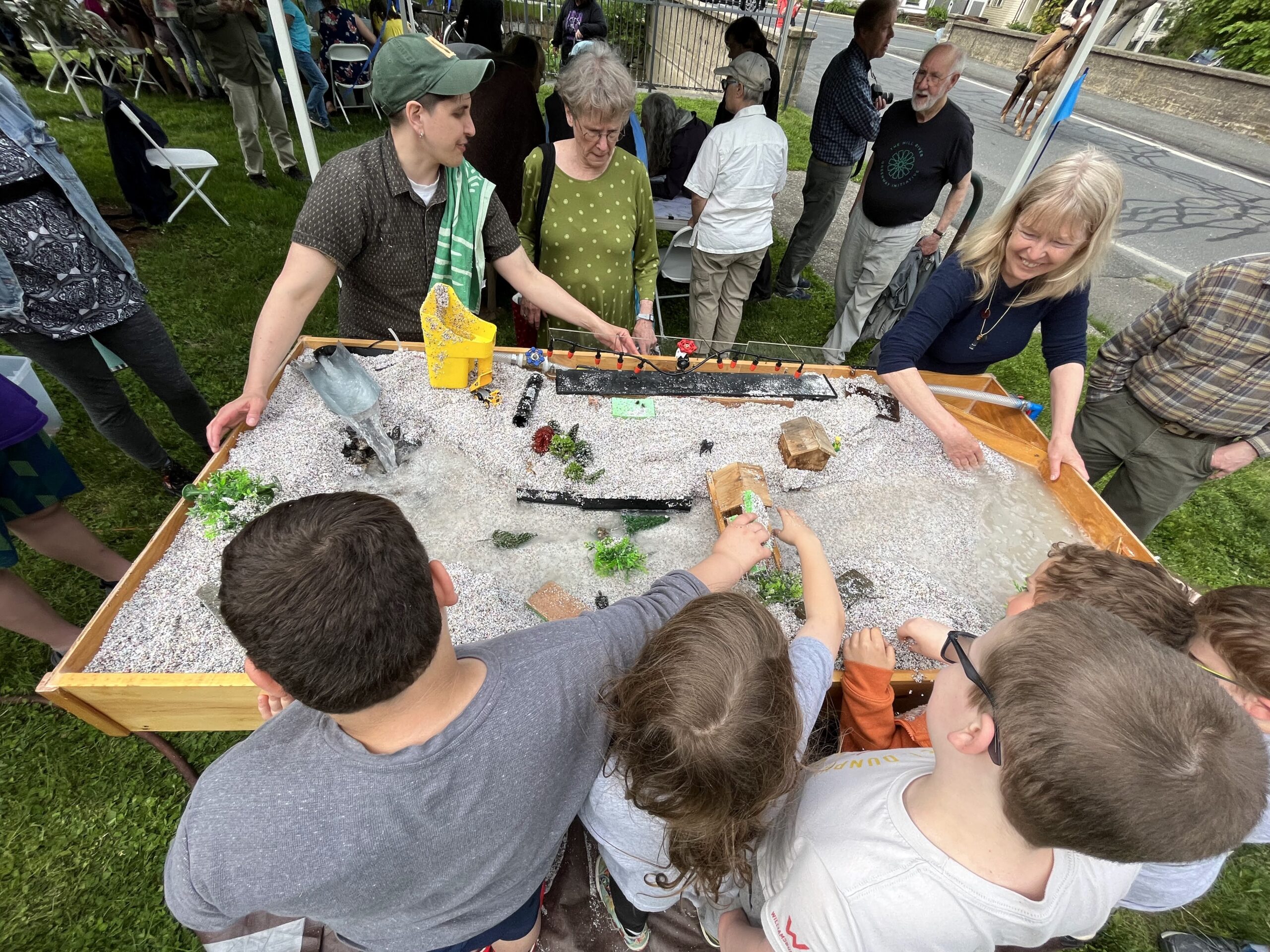
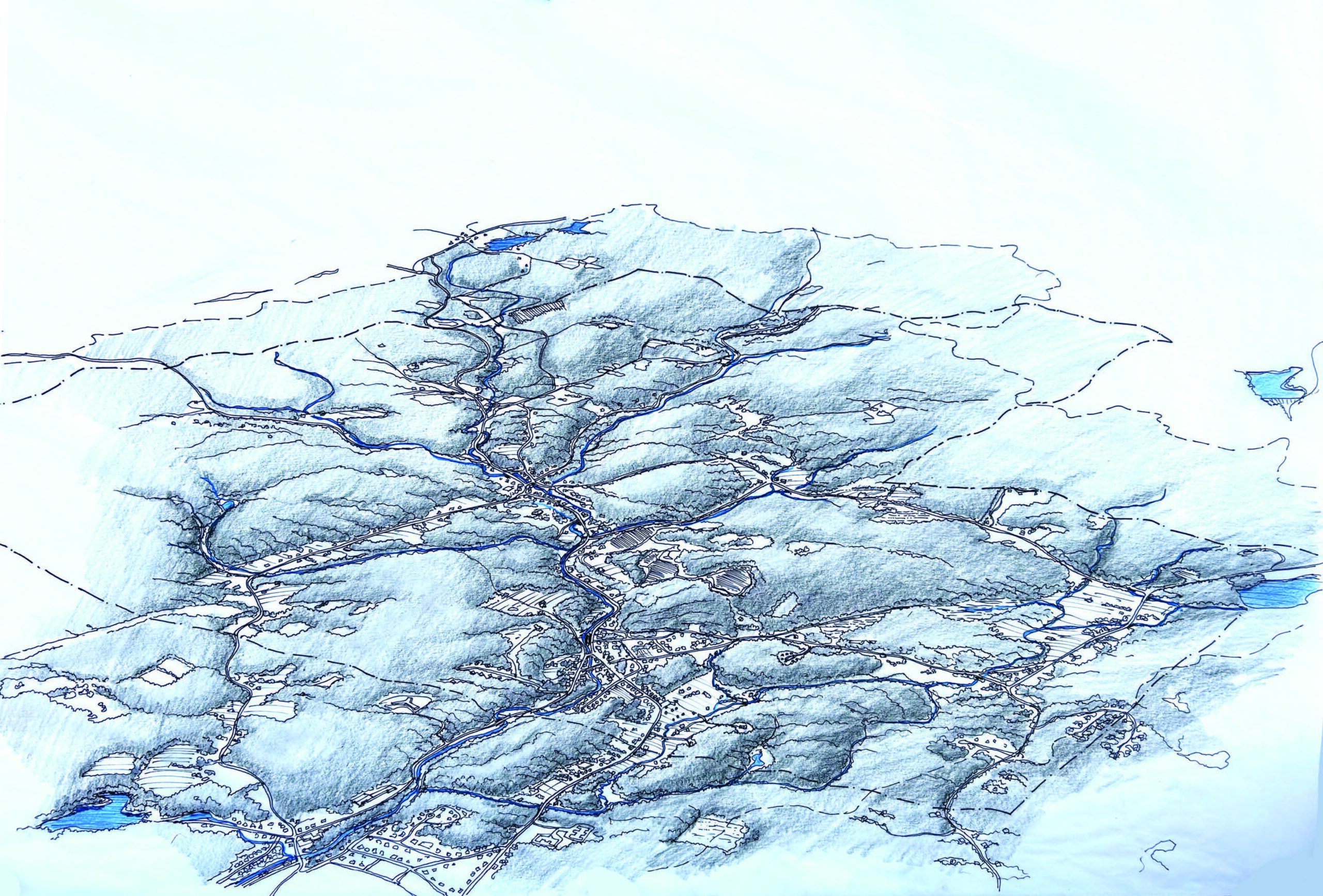
Challenges and strategies for flood resilience
There are many causes of flooding requiring many kinds of solutions. This document discusses what we’ve learned.
Climate Smart Workshop Materials
Slides from a rainwater intervention series at Meekins Library, 2024.
Mapping Stormflows
Tools to map the patterns of stormwater that threaten to inundate homes and workplaces.
By Courteny Morehouse
It’s All About the Soil
The soils of Williamsburg, plus simple techniques to help store rainwater in the ground.
By Patty Gambarini
Cisterns and Rain Barrels
Different storage systems for rainwater to minimize flooding and build resilience.
By Patty Gambarini
Rain Gardens and Bioswales
Strategies to creatively keep water on the landscape with dynamic and resilient gardens.
By Rachel Lindsay
Porous Paving
Reduce negative impacts of paved surfaces and help rainfall better infiltrate the landscape.
By Rachel Loeffler
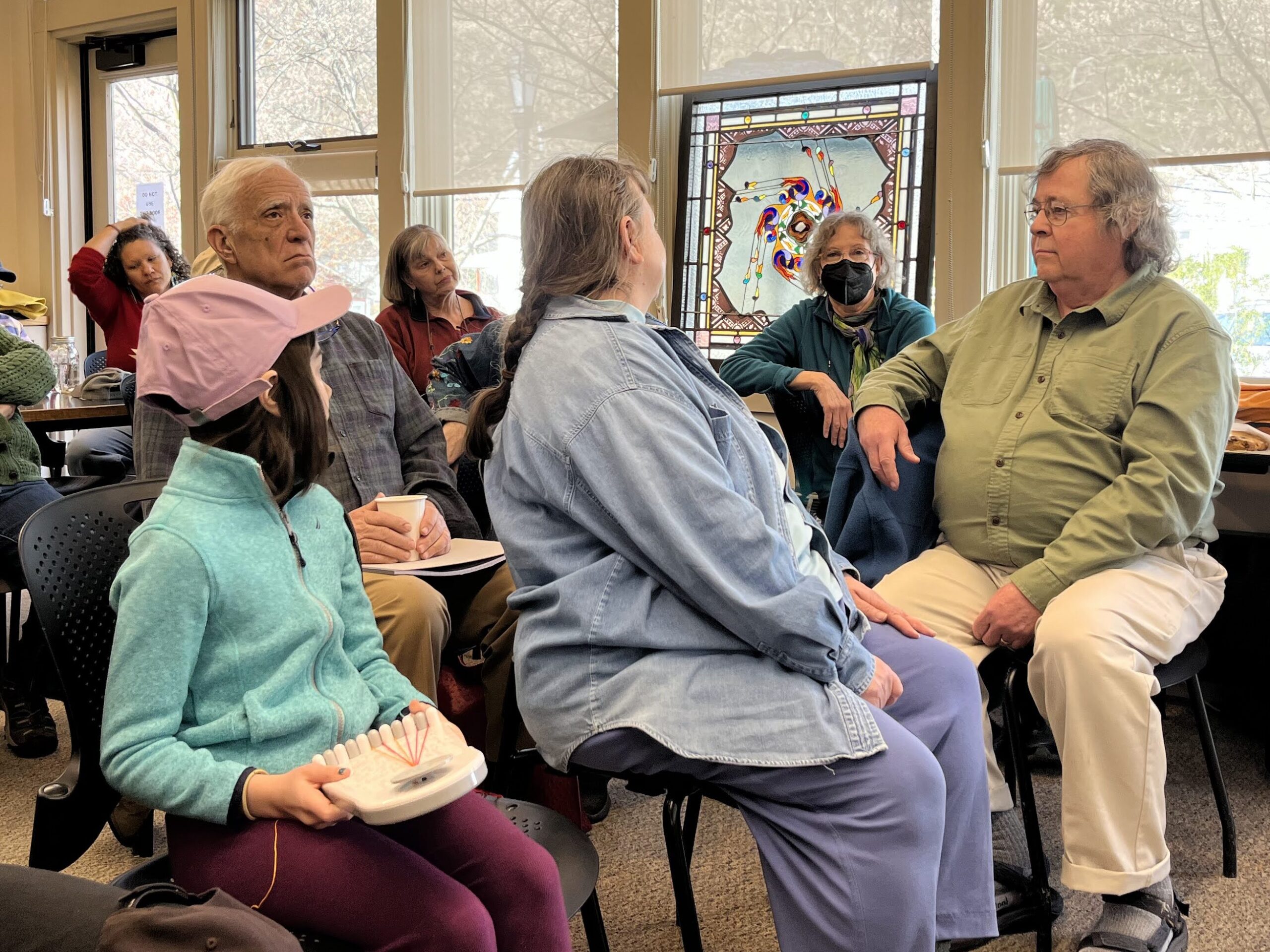
Beaver Brook
The Resilient Mill River study identified Beaver Brook Golf Course as a key location for reducing peak stormflows in the watershed. Now, efforts are underway to conserve and restore the course to native habitat.
Caring for upland forest
Healthy upland forests, deep spongy soils, slow-moving streams and wetlands provide the first line of defense against flooding in the Mill River. But in much of the watershed, steep slopes, narrow valleys, and underlying bedrock will always tend to send stormwater quickly downhill into streams and rivers.
Forest stewardship and conservation can help us build and maintain resilient uplands, reducing flood flows and fostering healthy habitats.
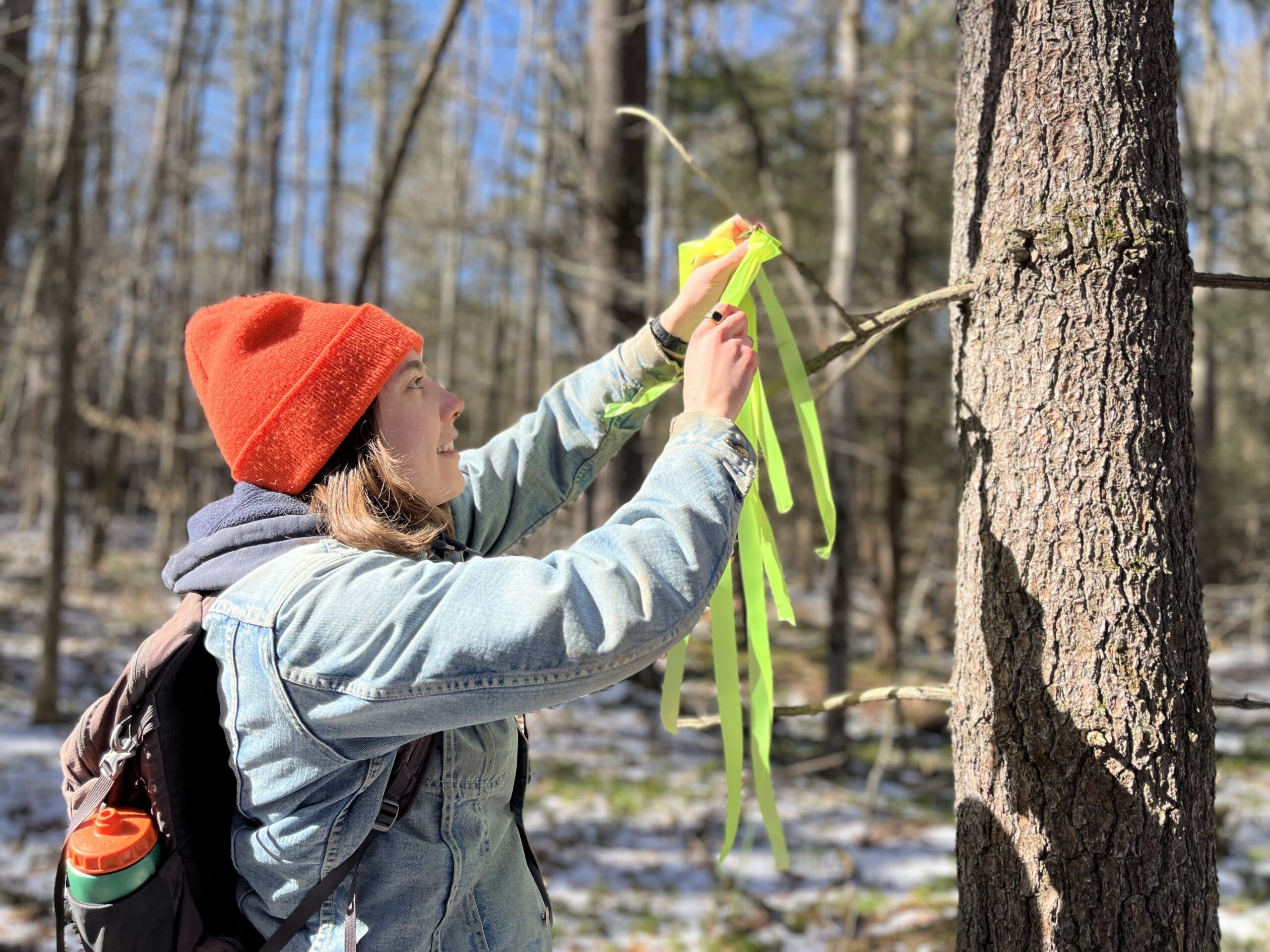
Forest stewardship
Land conservation
